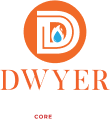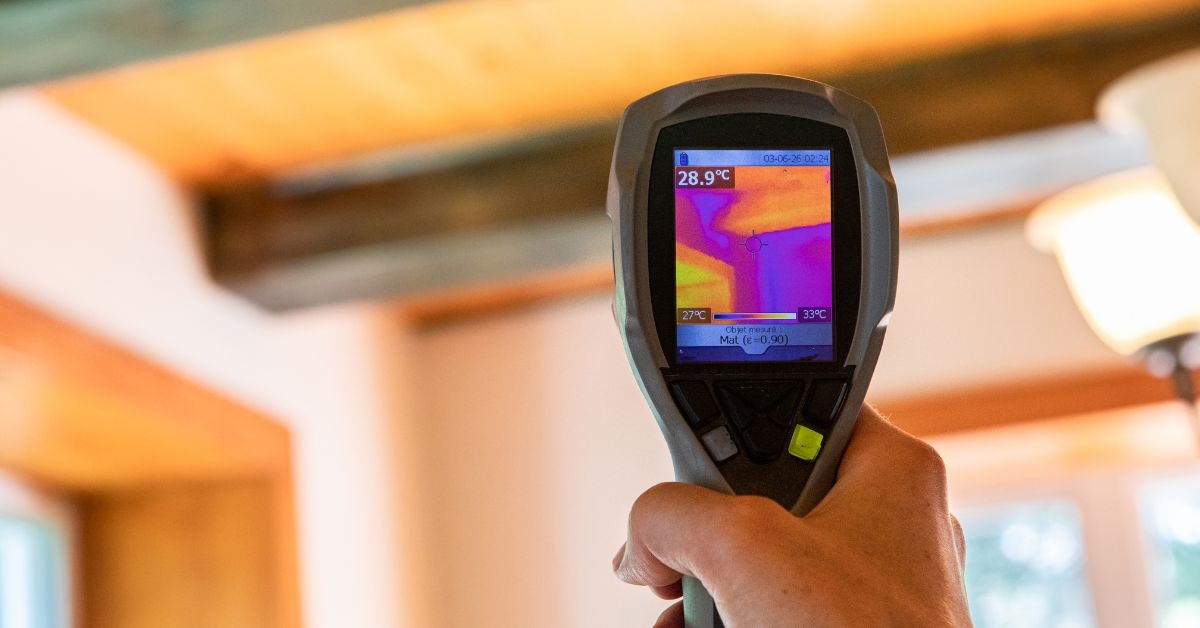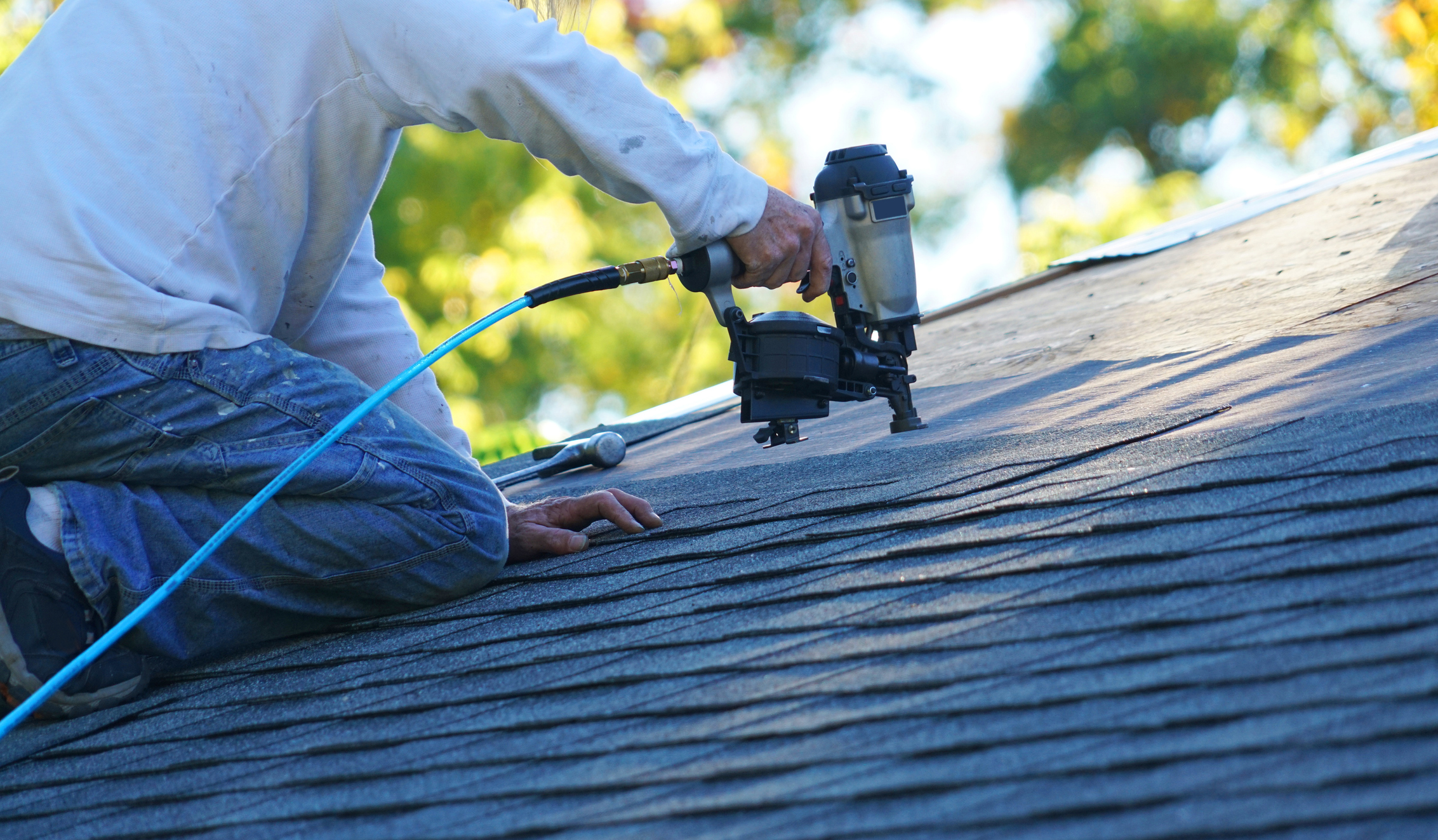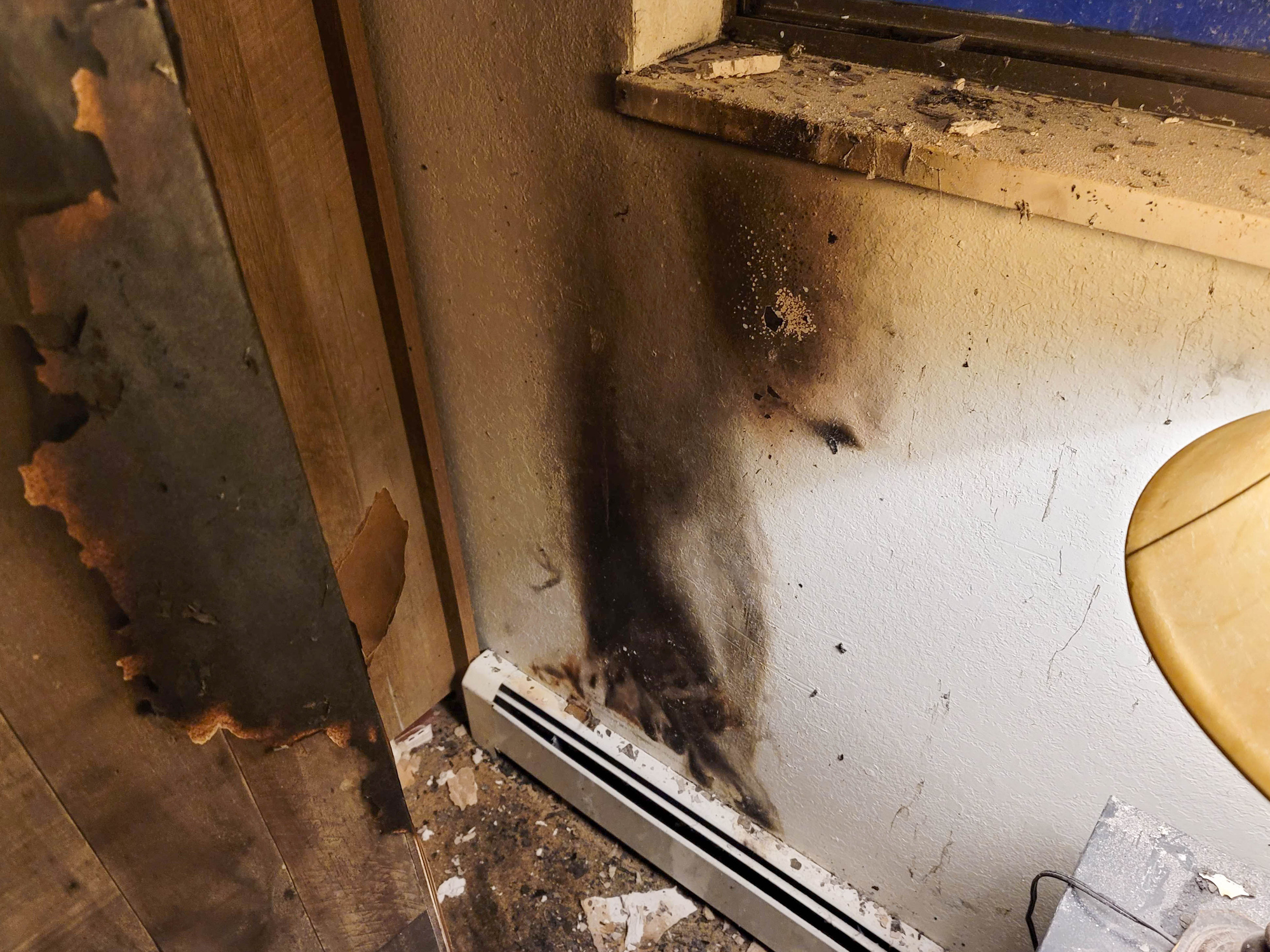In the aftermath of a destructive fire, the road to recovery involves more than just rebuilding structures; it encompasses restoring the overall environmental health of the affected area. Air quality, often overlooked in the immediate aftermath, plays a critical role in post-fire restoration. In this blog post, we explore the significance of air quality testing in the restoration process, shedding light on the importance of comprehensive assessments, potential health risks, and the steps necessary to ensure a safe and habitable environment.
The Unseen Threat: Post-Fire Air Quality Challenges
While the visible damage caused by a fire is apparent, the unseen threat lingers in the form of particulate matter, toxins, and pollutants released during the combustion of various materials. The aftermath of a fire can lead to compromised air quality, posing health risks to both residents and restoration workers. Common pollutants include carbon monoxide, volatile organic compounds (VOCs), and particulate matter, which can infiltrate indoor spaces and pose respiratory hazards.
The Importance of Air Quality Testing
Identifying Contaminants: Air quality testing is instrumental in identifying and quantifying the presence of contaminants. This includes assessing levels of particulate matter, carbon monoxide, formaldehyde, and other hazardous substances that may have been released during the fire. A thorough understanding of the specific contaminants present is crucial for targeted restoration efforts.
Health Risk Assessment: Comprehensive air quality testing enables a health risk assessment, identifying potential risks associated with exposure to specific pollutants. Vulnerable populations, such as individuals with respiratory conditions or compromised immune systems, may be more susceptible to the adverse effects of poor air quality. Understanding these risks allows for tailored restoration strategies to mitigate health concerns.
Guiding Restoration Priorities: The data obtained from air quality testing guides restoration priorities. Areas with elevated levels of contaminants may require more intensive cleaning, decontamination, or ventilation measures. Prioritizing restoration efforts based on air quality assessments ensures an efficient and targeted approach to post-fire recovery.
Verification of Restoration Success: Post-fire restoration involves extensive efforts to clean and rebuild structures. Air quality testing serves as a verification tool, confirming the success of restoration activities. Regular testing at different stages of the restoration process ensures that contaminants are effectively removed, providing a safe and healthy environment for occupants.
Regulatory Compliance: In many cases, regulatory bodies and insurance companies require air quality testing as part of the restoration process. Demonstrating compliance with air quality standards not only meets regulatory requirements but also ensures that the restored environment is safe for occupancy.
Steps in Post-Fire Air Quality Testing
Site Assessment: A thorough site assessment is conducted to identify the extent of fire damage, potential contaminants, and areas of concern. This initial assessment informs the development of a tailored air quality testing plan.
Selection of Testing Locations: Testing locations are strategically selected based on the layout of the affected area, potential sources of contamination, and areas with a higher risk of exposure. Both indoor and outdoor air quality may be assessed to provide a comprehensive overview.
Sampling and Analysis: Air samples are collected using specialized equipment, and the collected samples undergo rigorous laboratory analysis. This analysis identifies the types and concentrations of pollutants present, allowing for a precise understanding of air quality conditions.
Data Interpretation: The data obtained from air quality testing are interpreted in the context of established air quality standards and guidelines. This interpretation helps assess the severity of contamination and informs decision-making regarding restoration priorities.
Restoration Strategies: Based on the findings of air quality testing, restoration strategies are formulated. This may involve targeted cleaning, decontamination, installation of air filtration systems, or other measures aimed at improving indoor air quality.
In the aftermath of a fire, the road to recovery necessitates a holistic approach that includes a thorough assessment of air quality. Air quality testing serves as a crucial tool in post-fire restoration, providing valuable insights into potential health risks and guiding targeted restoration efforts. By prioritizing the assessment and improvement of air quality, post-fire restoration endeavors can ensure that the restored environment is not only structurally sound but also safe and healthy for occupants. Embracing the role of air quality testing in post-fire recovery is a proactive step toward building resilient communities capable of overcoming the challenges posed by environmental disasters.












